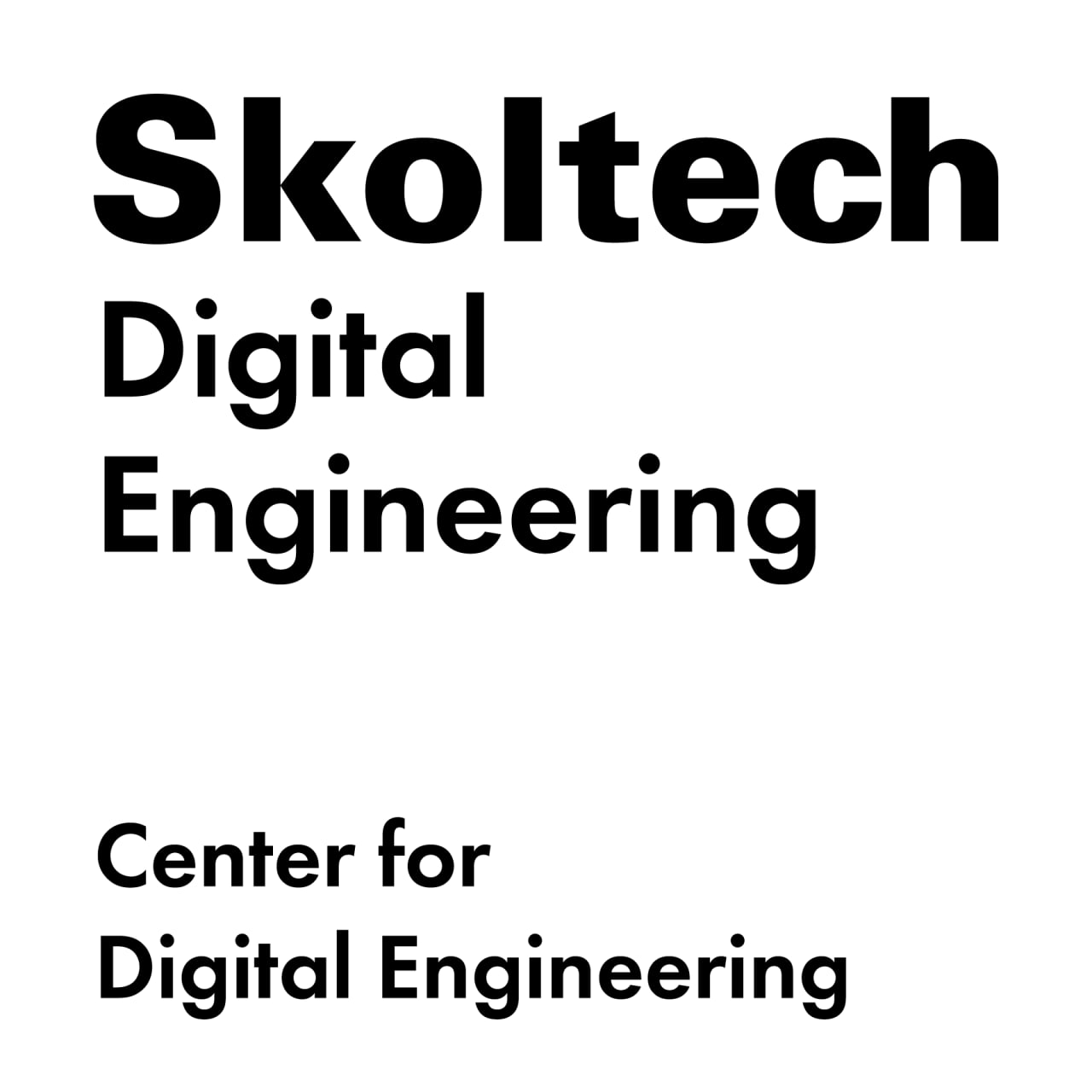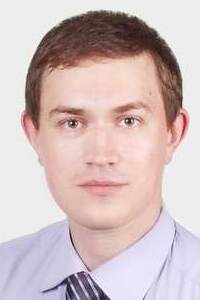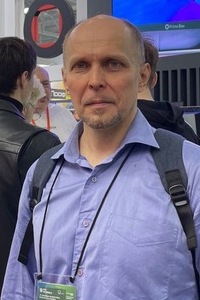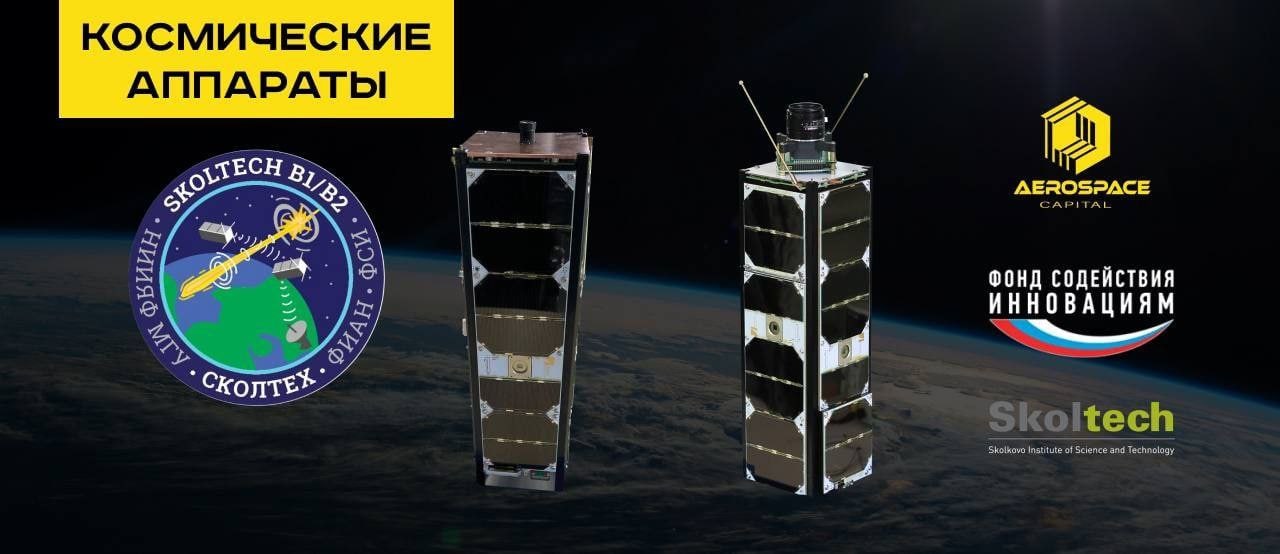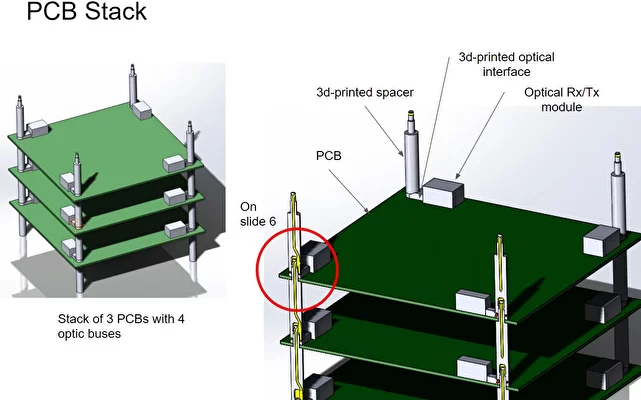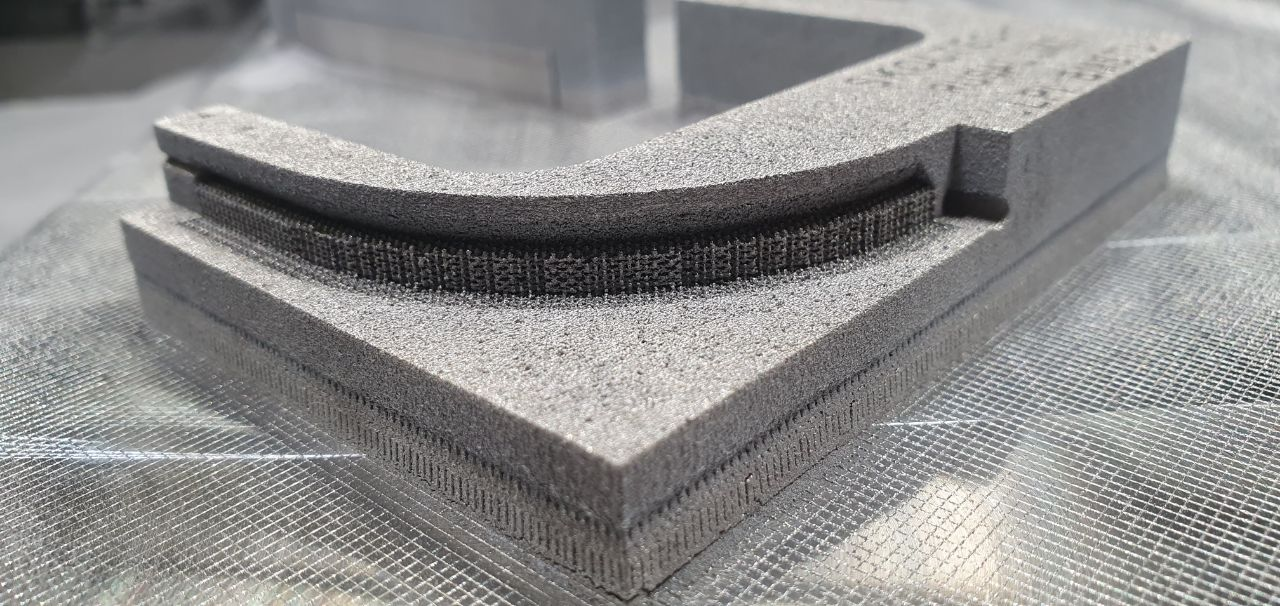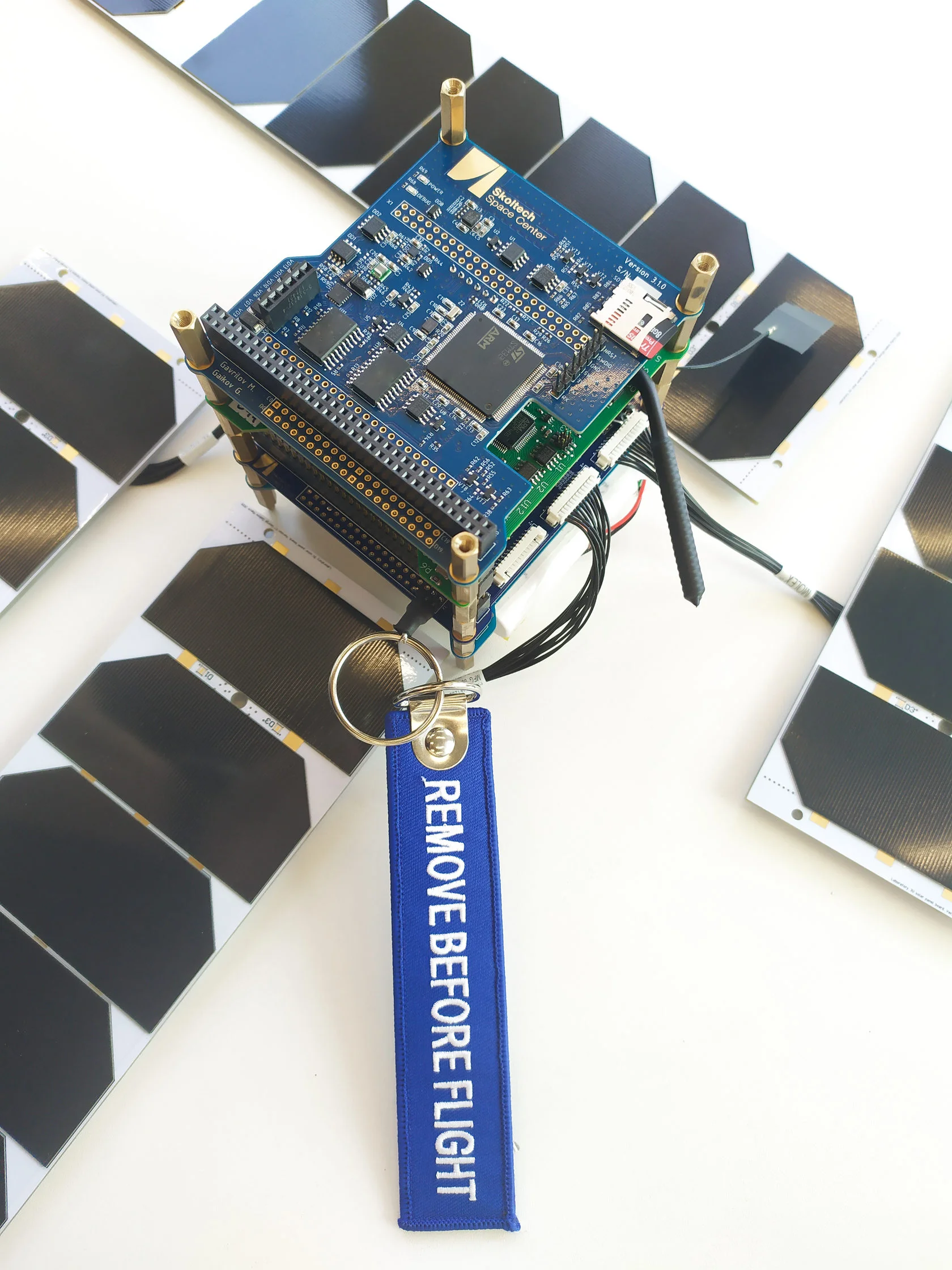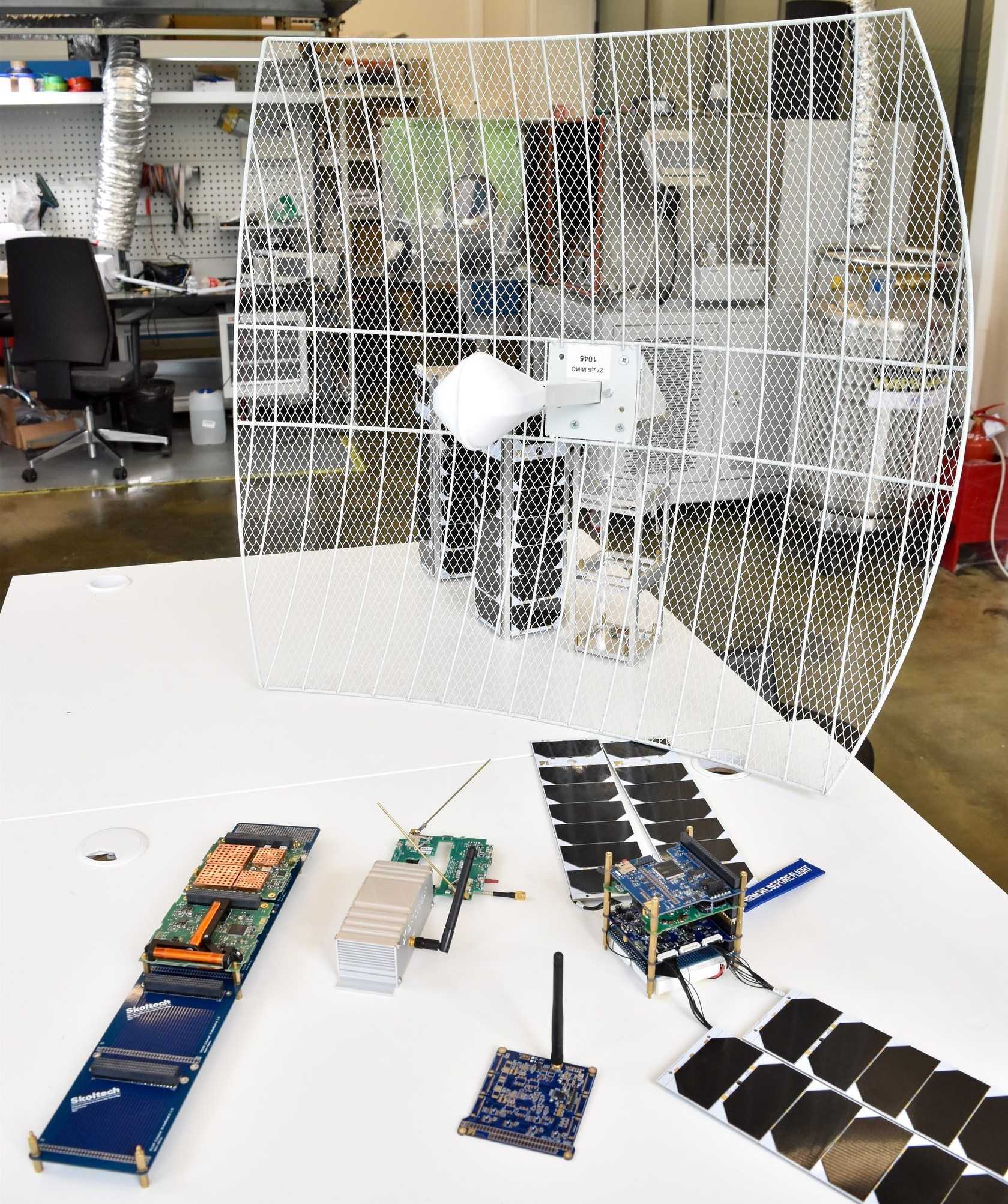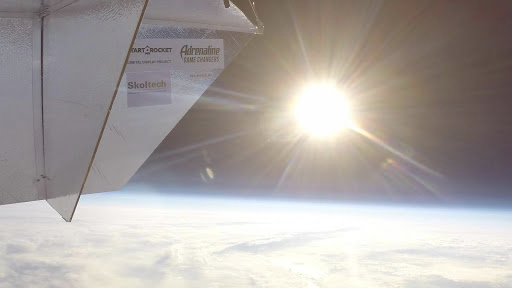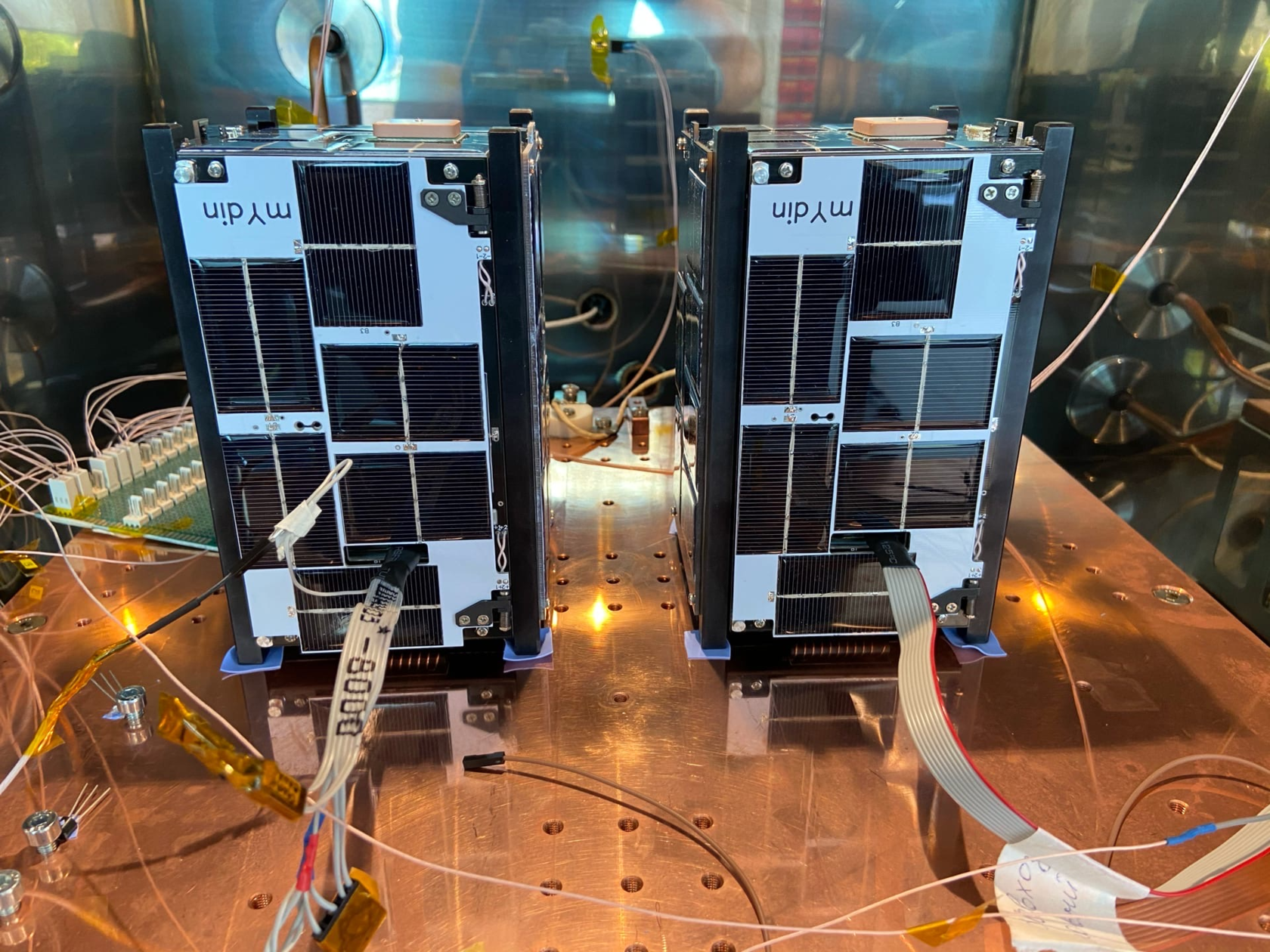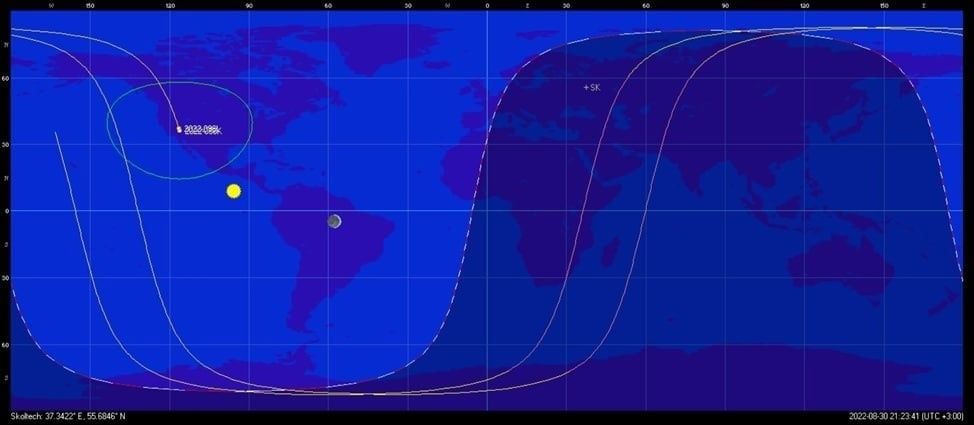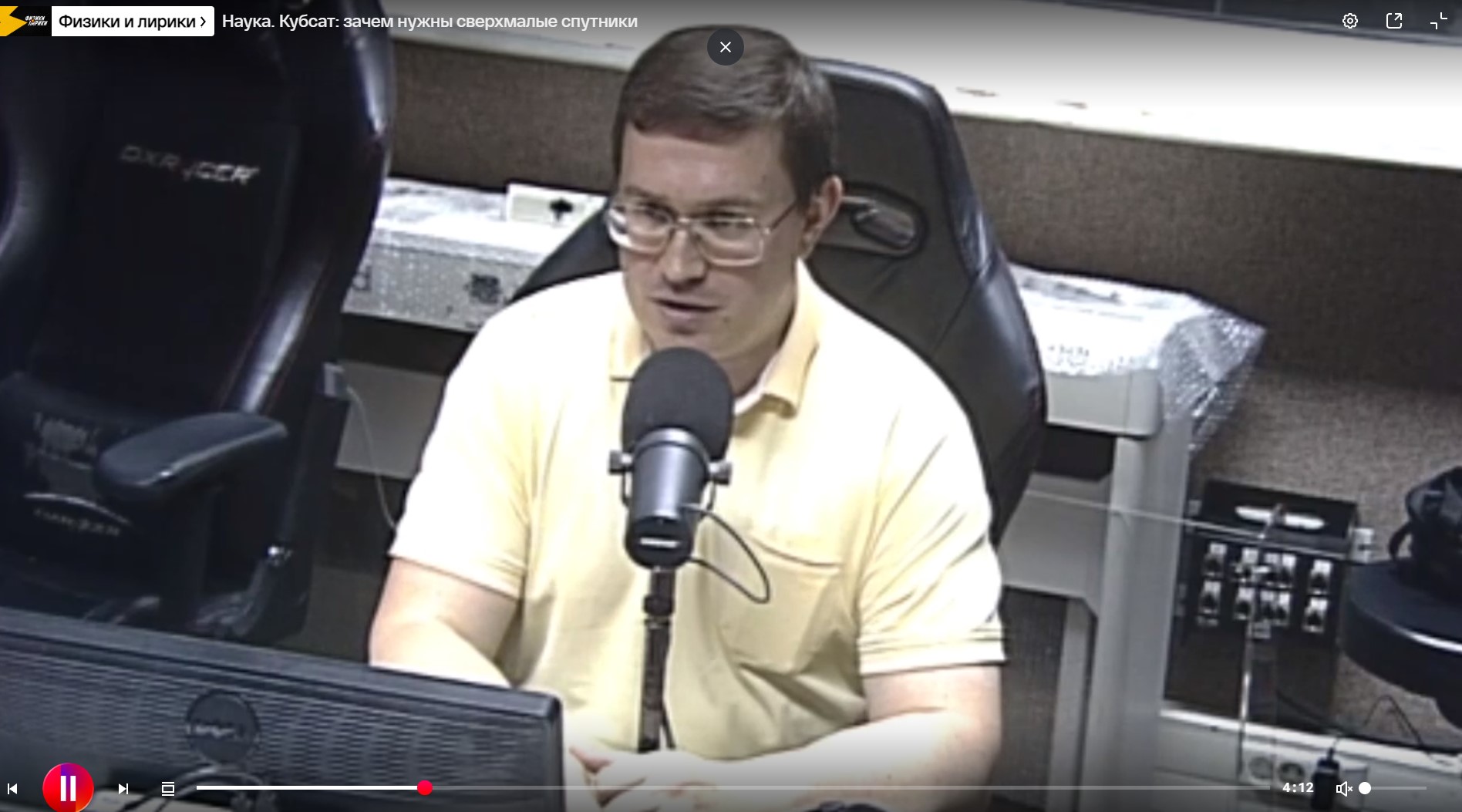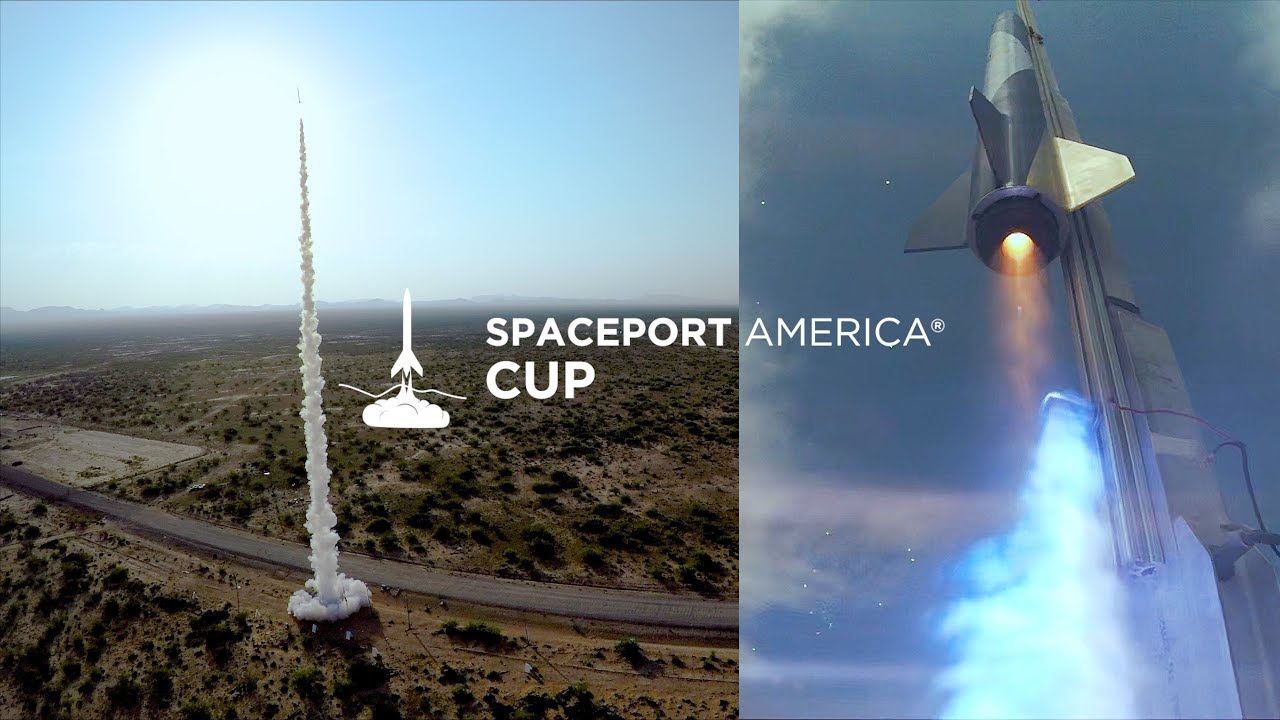Institute of Science
and Technology
Laboratory

About us
Our laboratory is engaged in the development, construction of satellites in the CubeSat 3U+ format and their software, as well as in the study of their interaction in open space with various payloads.
We are involved in various projects. The main one are Space-π, Planet Watch. Through this program we interact with schoolchildren, set up scientific experiments. We establish ties with universities and commercial companies.
One of our main partners is Samara State Technical University. We have quite a lot of support from large and small businesses. With their help, we are trying to make a swarm of satellites. These satellites will have a basic, simple spacecraft control system on magnetic coils. There will be an inter-satellite link between the two satellites, so that they can talk to each other, coordinate their observations, and their orientation. The swarm serves several purposes at once. Firstly, it is the involvement of schoolchildren in space activities. Secondly, it is the observation of gamma-ray bursts with our colleagues from the Research Institute of Nuclear Physics at Moscow State University. Thirdly, the development of Skoltech's competences in machine tool engineering, the application of those very system design concepts. All of this can be done long and expensive with devices that weigh several tons, but we want to show that it is quite possible that these devices will be independent, they do not need to download anything from the Earth. They will detect these flashes themselves, which are produced by space objects, and they will use artificial intelligence algorithms to transmit information about it immediately, after which it will be processed by ground-based services and identify the object. The basic idea is to launch a lunar university satellite as a payload to observe flares on the surface of the Moon. From the flares you can determine which meteorites are falling on the surface of the Moon with what intensity. There are many interesting engineering challenges here. For example, how to put this satellite in the right orbit, and transmit data at a distance. First they would have to be transmitted to the Moon, and from the Moon back to the Earth.
The team of the group
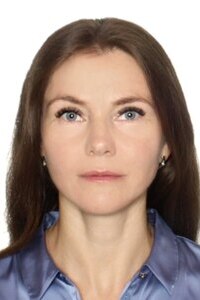
Maria Kudryashova
Engineer, Researcher
